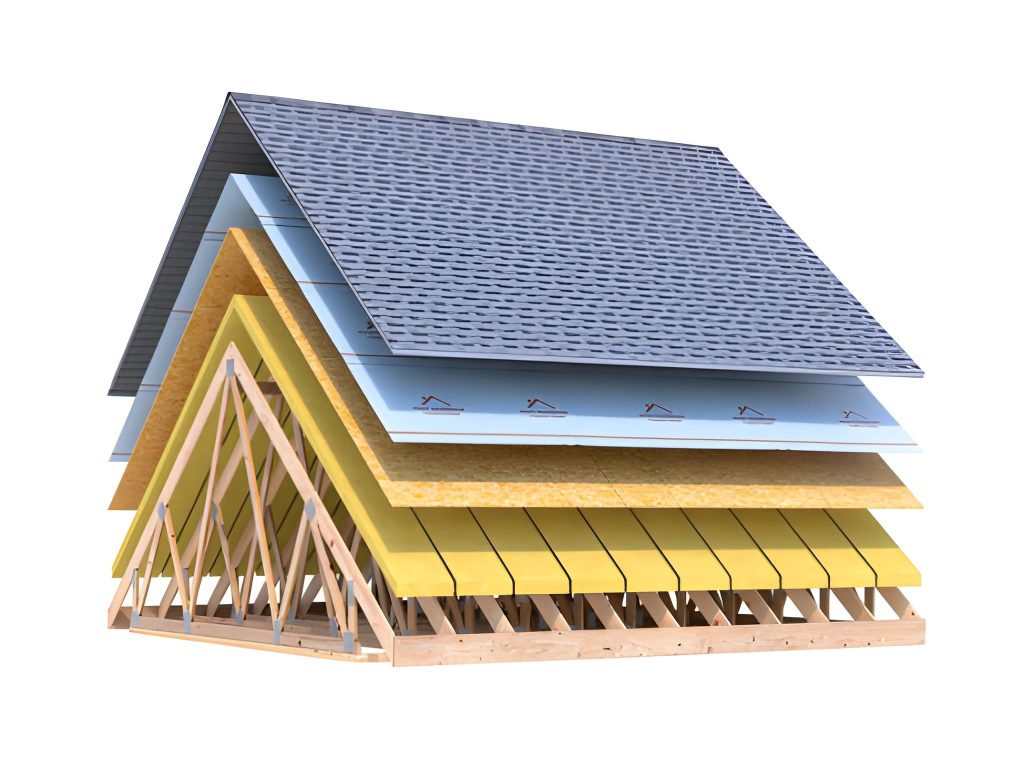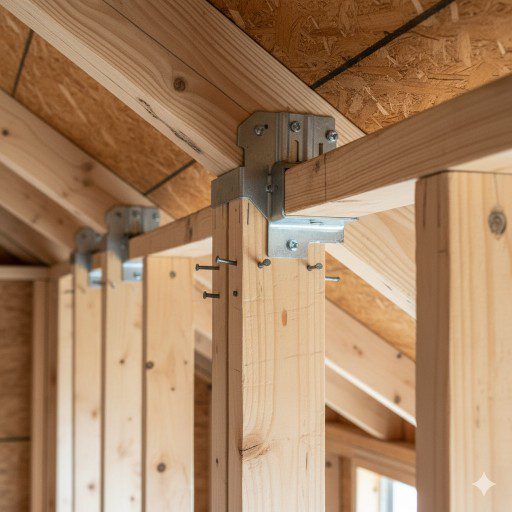A wind mitigation inspection is one of the smartest investments a Florida homeowner can make. With insurance premiums on the rise, this simple, low-cost inspection is a powerful tool that can unlock significant, recurring savings. Florida law requires insurance companies to offer substantial discounts for homes with features that reduce the risk of damage during a hurricane.
This guide will explain exactly what a professional inspector looks for during a wind mitigation inspection and how each feature can translate into lower insurance costs for you.
The 7 Key Features of a Wind Mitigation Inspection
An inspector will evaluate seven key areas of your home’s construction. Each one that meets the standard can earn you a valuable credit on your premium.
1. Roof Covering & Age
The first check is the age and permit information for your roof. A newer roof installed to the latest Florida Building Code standards is the first step toward qualifying for discounts.


2. Roof Deck Attachment
This refers to how securely your roof's sheathing is nailed to the trusses. A stronger attachment, such as thicker sheathing with closely spaced nails, provides greater resistance to uplift and earns a valuable credit.

3. Roof-to-Wall Connection
This is a crucial discount. The inspector will check your attic to see how the roof trusses are attached to the walls. Hurricane clips or straps provide a much stronger connection than simple nails and are a key part of a proper wind mitigation inspection.

4. Roof Geometry
The shape of your roof dramatically affects how it performs in high winds. A hip roof (where all sides slope downward) is more aerodynamic and typically qualifies for a significant insurance discount compared to a flat or gable roof.
5. Secondary Water Resistance (SWR)
This is a layer of sealed material applied to the roof deck, under the main roof covering. It acts as a critical secondary barrier to prevent water intrusion if the shingles or tiles are blown off during a storm.
6. Opening Protection
This is often the most significant credit available. The inspector will check every door, window, and garage door to verify if they are protected with rated hurricane shutters or impact-resistant glass. All openings must be protected to qualify.
7. Gable End Bracing
If your home has a gable roof, the triangular end walls must be properly braced to a height of at least 24 inches to prevent collapse under hurricane-force winds.
Why a Licensed Engineer Matters for Your Inspection
While many inspectors can perform a wind mitigation inspection, having a Licensed Professional Engineer conduct the review provides an extra layer of authority and trust. An engineer can accurately assess all structural components and ensure your report is filled out with the highest level of professional diligence, maximizing your potential for savings. This level of expertise is also critical for our other services, such as our comprehensive pre-purchase home inspections.
The official report is submitted on the OIR-B1-1802 form, which is a legal document recognized by all insurance carriers in the state. You can learn more about insurance regulations from the Florida Office of Insurance Regulation.
Is a Wind Mitigation Inspection a Good Investment?
For the vast majority of Florida homeowners, the answer is a resounding yes. The one-time cost of a professional wind mitigation inspection is often recovered in the very first year through insurance premium savings. Think of it less as an expense and more as an investment with an immediate and ongoing return. Given that the discounts are applied annually, the long-term savings can amount to thousands of dollars over the life of your policy, making it one of the most financially beneficial actions a property owner can take.
Unlock Your Insurance Savings Today
A wind mitigation inspection is a simple, fast, and highly effective way to reduce your annual homeowners insurance costs. The savings you receive often pay for the cost of the inspection in the very first year.
Contact us today to schedule your inspection and start saving.
